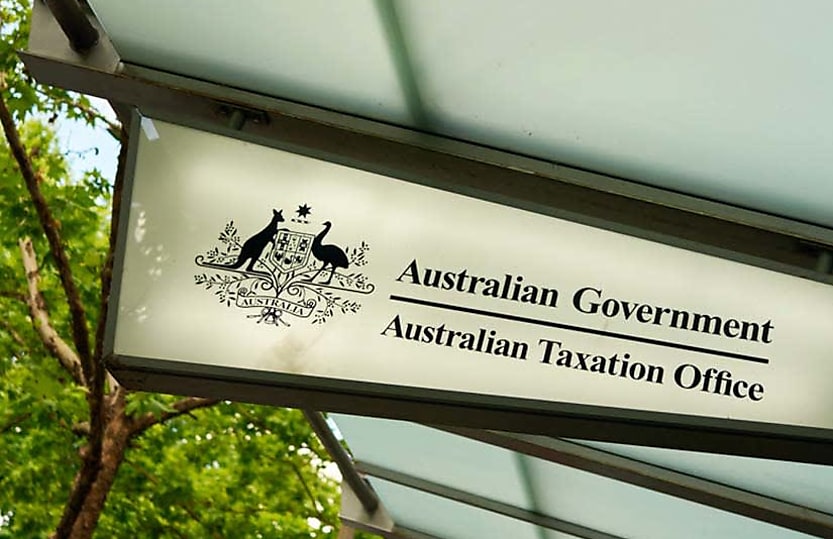ATO defends ‘strong’ GST fraud controls against ANAO criticism

The Tax Office says it is equipped to respond to fraud despite a critical report released by the national audit office on Tuesday.
The ATO has come out in defence of its “strong” fraud controls and ability to manage GST rorts in response to the audit office calling them “not fit for purpose” or operating as intended.
In a statement released yesterday, the ATO said its controls struck a balance between reducing GST fraud attempts and the need to allow small businesses to claim legitimate refunds easily.
“The ATO’s fraud detection controls are strong, and there is the need to balance making the systems easy to access for the majority of taxpayers, while preventing those who deliberately attempt to commit fraud,” it said.
“We take all fraud attempts seriously, and with continued investment in the Serious Financial Crime Taskforce, the ATO, along with our partner agencies, is equipped to take strong action against individuals suspected of being involved in tax fraud,” it said.
The ATO’s rebuttal follows damning findings from a report into its GST fraud controls released on Tuesday by auditor-general Grant Hehir from the Australian National Audit Office.
It called the ATO’s ability to prevent fraud only “partly” effective, “not fit for purpose and is not operating as intended”.
ATO officers unsure of their roles and responsibilities, inadequate assurance requirements and the absence of an overall view of the risk environment also undermined the ATO’s fraud response, it said.
It also found the ATO investigated 150 of its own workers as part of Operation Protego, a multi-agency response to GST rorts that proliferated in late 2021 due to their promotion on social media platforms like TikTok.
According to the ANAO, more than 57,000 people participated in the scheme between April 2022 to June 2023. They claimed $2 billion in bogus refunds and the ATO stopped a further $2.7 billion from being paid out.
The ATO said the scheme spread at an “unprecedented rate” but that it acted “swiftly and decisively” through Operation Protego. “Our strategies have driven a continuous reduction in GST fraud attempts,” it said.
The ATO also sacked or prosecuted 12 of its employees who participated in the scheme. The remaining people out of the 150 investigated were ex-employees and some were victims of identity theft, it said.
“As a result of our actions, we are not aware of anyone currently working at the ATO who is suspected of committing the fraud,” it said.
“The ATO continues to hold to account those people who chose to get involved in the refund fraud activity.”
The ATO said it strengthened its fraud management systems due to “heightened GST fraud risks” in the wake of Operation Protego, including establishing a fraud and criminal behaviours business line and implementing a “range of additional fraud defences”.
“We continue to strengthen our GST analytical risk models and use technology to improve our risk identification procedures and streamline processes for managing high-risk refunds,” it said.
It also agreed to all five recommendations made by the ANAO, such as clarifying officers’ roles in managing fraud, ensuring it has a “contemporary and holistic view of its GST fraud risks”, improving its ability to detect warning signs before large-scale fraud events and developing an alternative benchmark for fraud indicators.
“The ATO welcomes all suggestions for improvement to combat fraud. We will continue to implement and build on the recommendations identified by the ANAO, which we consider will support the already improved management and assurance of fraud control arrangements for the GST,” it said.
